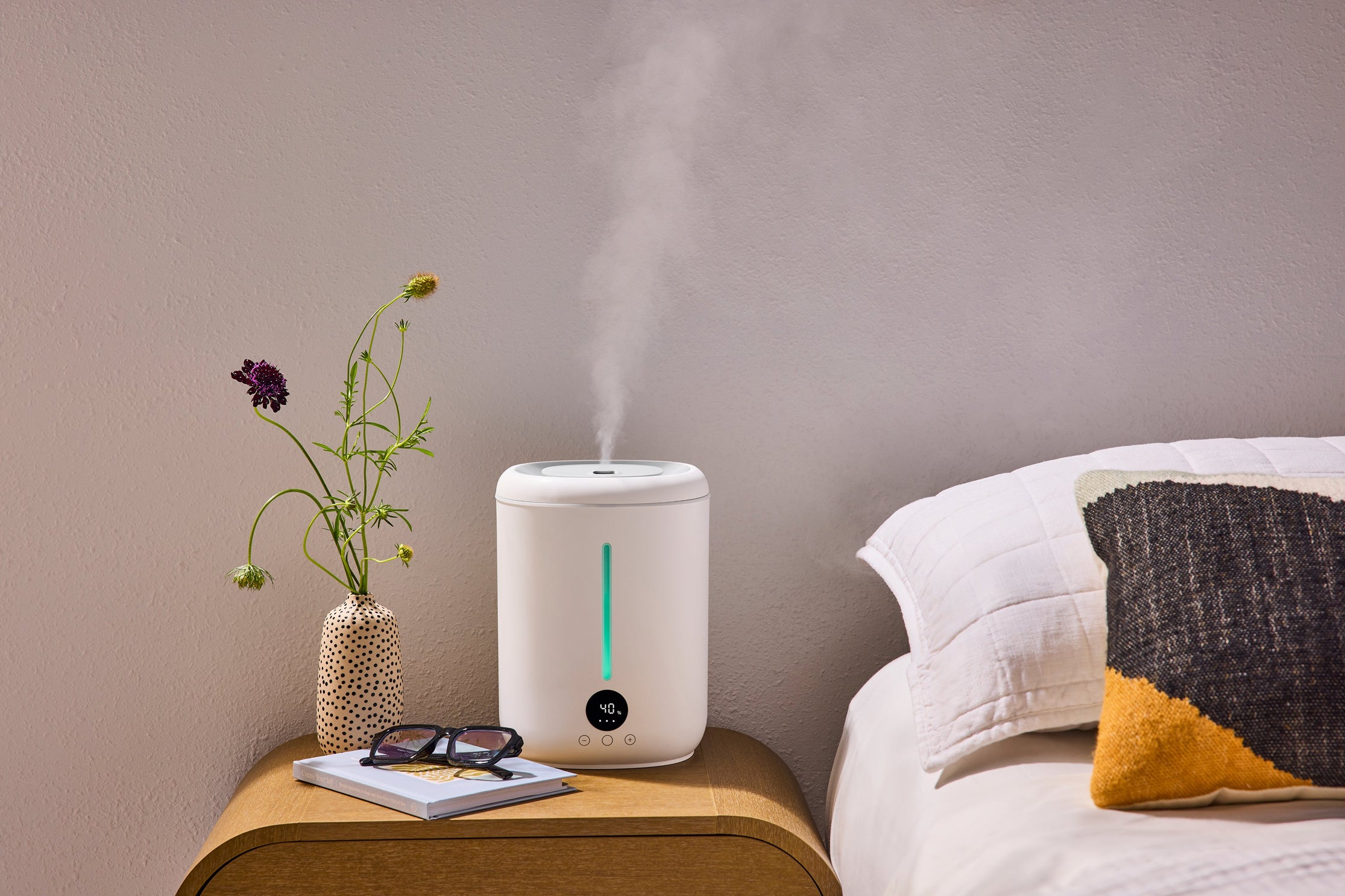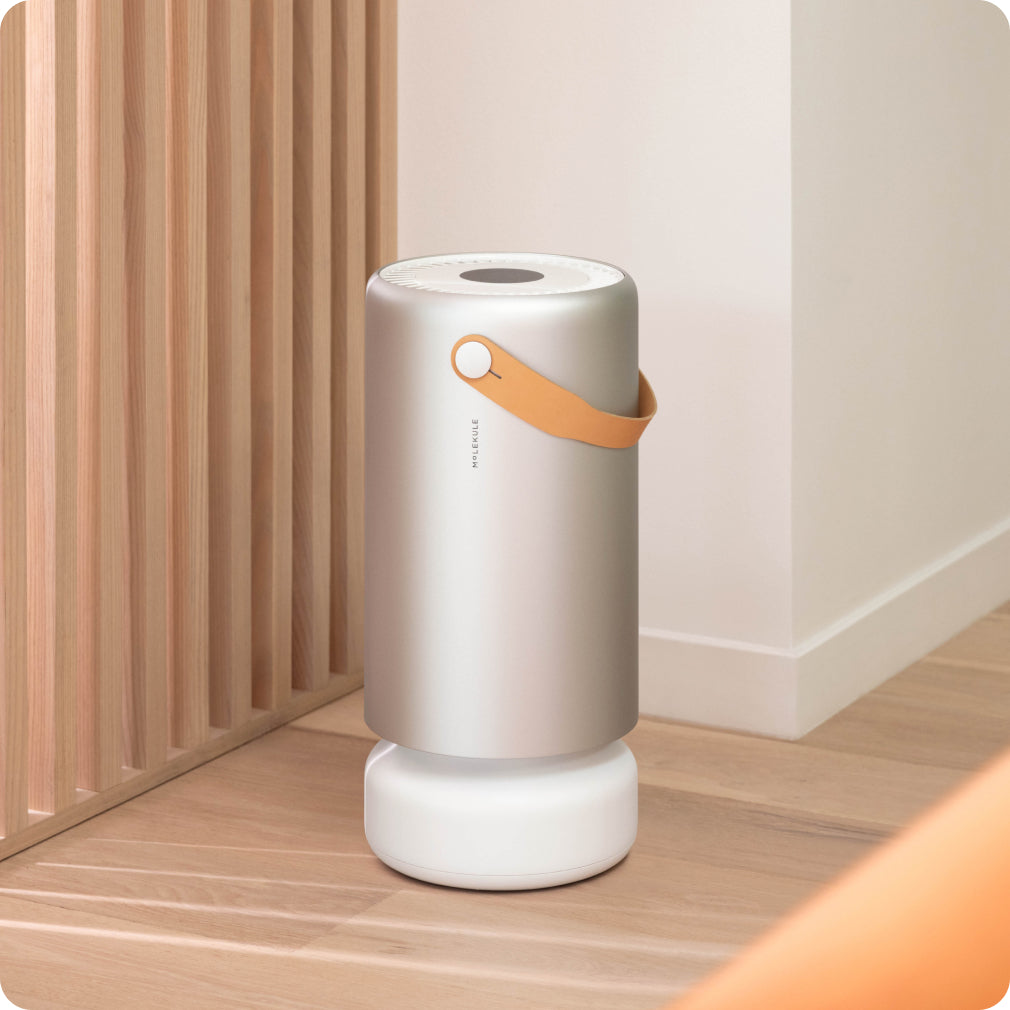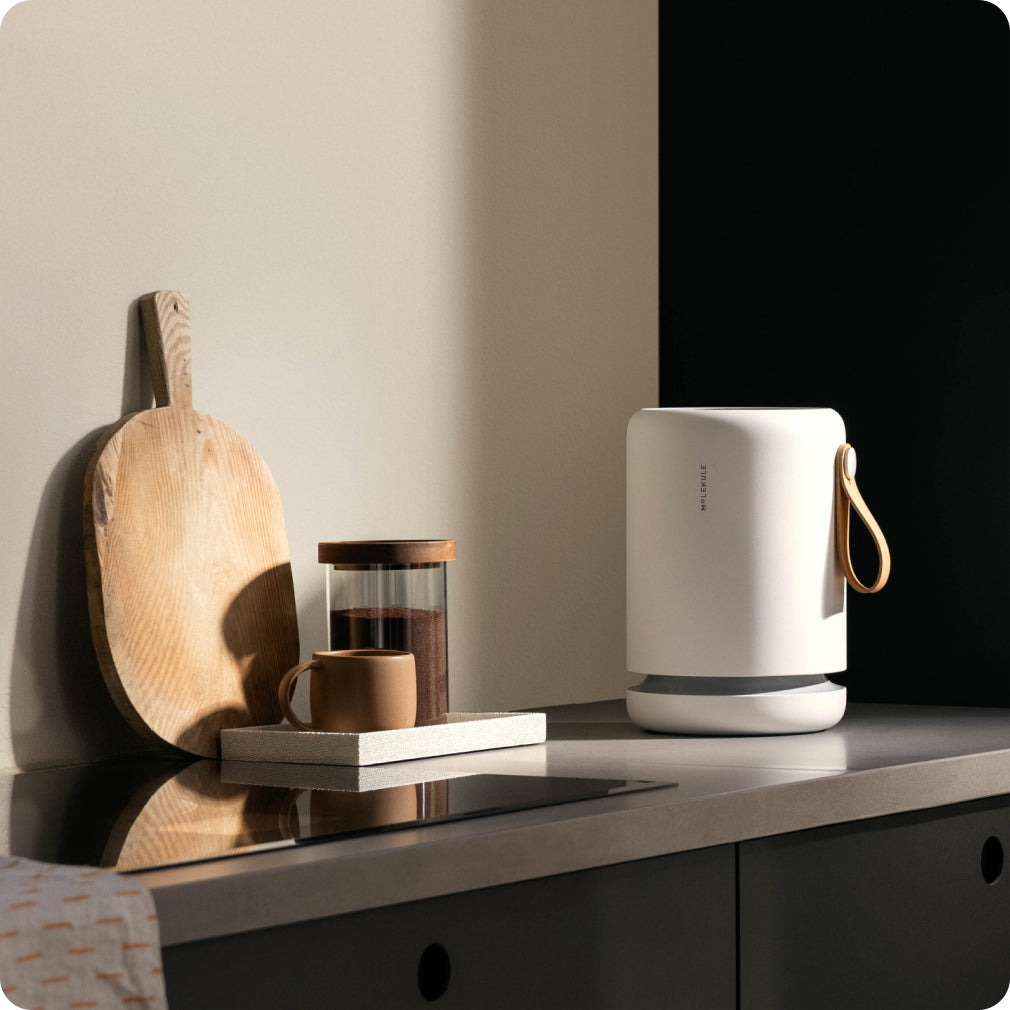Whether trying to calm an anxious kitty or soften the introduction of a new cat to a home with cats who’ve already staked their territory, pheromone diffusers claim to promote relaxation, reduce stress, and curb bad habits by releasing synthetic pheromones that mimic ones naturally produced by our feline friends.
Adding an air purifier can also help maintain a fresher, more comfortable environment. It reduces lingering odors and keeps the space pleasant for both you and your cats.
Come with us as we take a closer look at the science behind these chemical calling cards and explore whether they’re safe and effective.

How do cats use pheromones?
Pheromones are chemical signals that help members of the same species communicate important messages to each other through their sense of smell. Each pheromone triggers a different kind of response, and cat calming diffusers use synthetic versions of two key feline pheromones to address behavior issues related to stress and anxiety.

- F3 facial-marking pheromone: When your cat rubs their face on your furniture or belongings, they leave behind a specific message that only they (and their feline friends) can understand. The F3 facial-marking pheromone says, “This is my home,” and can help your cat feel safer and less stressed out.
- Feline appeasing pheromone: This is a specific pheromone that’s naturally released from the mammary gland of a mother cat during nursing. Research suggests that it may encourage feelings of safety and security, and promote bonding.
How to use pheromone diffusers in your home
Pheromone diffusers heat pheromone oil, gradually spreading it through the air in your home. If you only have one cat, a pheromone diffuser containing the F3 facial-marking pheromone may help your anxious little fella feel calmer and less stressed. Ideally, this should also reduce anxiety-related behaviors, such as urinating outside the litter box, hiding, excessive grooming, and general restlessness.
On the other hand, multi-cat calming diffusers contain the feline appeasing pheromone, which may help cats living in the same household accept each other, reduce instances of fighting or bullying, and hopefully start them on the path to actually enjoying each other’s company.

So, do cat pheromone diffusers work?
Turns out, it’s kind of complicated. Research on cat pheromone diffusers is still in its early stages, but there does seem to be evidence that they may help soothe anxious cats and decrease tensions between cats (or even cats and dogs) living in the same household. They’re not a magic cure-all, though.
Studies that reported success in decreasing aggression between cats used the pheromone diffuser as part of a behavior modification program that also included education on recognizing cat behaviors and using positive conditioning and redirection to handle aggressive events. In situations that relied solely on diffusers to help calm stressed-out cats, they had no noticeable effect.
Are they safe?
Cat calming diffusers are generally considered safe when used according to the manufacturer’s instructions, but you should avoid any direct contact with the pheromone liquid. Most diffusers contain a paraffin-based oil that can be fatal if it enters the airways after being swallowed. Also, when the pheromone oil evaporates, it creates airborne pollutants that may not cause obvious harm to humans or cats but can pose a severe health risk to caged birds and aquarium fish. You should avoid using diffusers anywhere that fish or birds may be exposed to the pheromone vapors.
To learn more about protecting your pets from poor indoor air quality, check out our post on Unhealthy Air Quality And Pet Health.
All cats are different, and some may benefit from diffusers more than others. If you’re using a diffuser to help comfort an anxious kitty or prevent future cat battles in your home, try pairing it with other training tools to help promote good behaviors. Your vet can be a great resource for tips on using diffusers and other techniques to soothe an anxious or aggressive cat.








